Mehndi – The Gorgeous Indian Henna Tattoo Art, Taking The World by Storm
Every culture around the world has its own unique secrets when it comes to beauty, yet one of the most eye-catching and gorgeous traditions is, undoubtedly, the Indian mehndi. Mehndi, more commonly known in the West by the rather modest name henna tattoo, is a beautiful form of body art, characterized by intricate symmetrical patterns, mandalas, and flower motifs. The term tattoo is used very loosely, as mehndi are not permanent – they usually last between two and four weeks, depending on the type of henna used. Henna itself is a non-toxic plant-based dye derived from the leaves of the Lawsonia Intermis (also known as henna tree). The leaves are dried and crushed into a powder, then mixed with other ingredients to form a paste, which is then applied to the skin, using a special conus-shaped tool.
Although its precise origins are not known, historical evidence suggests that mehndi was used in Ancient Egypt, and was later introduced to India. Initially, henna tattoos were almost exclusively reserved for women, but this later changed, and now they are a common body decoration for members of both sexes.
The henna tattoo is an indispensable decoration for Hindu brides

In the Hindu, Sikh, and Arab cultures, mehndi is traditionally applied before special occasions and holidays, such as weddings and festivals. It is believed to bring good luck and ward off the “evil eye.” A common legend claims that people with bad intentions get distracted by the intricate henna patterns, and thus their gaze is diverted from the wearer. As a result, expectant mothers sometimes paint their bellies, in order to protect their babies from negative influences and bad energy.
The reason people believe that henna holds such strong protective magic, might be rooted in its medicinal properties. It is an alleged stress and pain reliever, with antiseptic qualities. According to some, henna purifies the body and mind, keeping infections away in the process.
The detailed beauty of mehndi
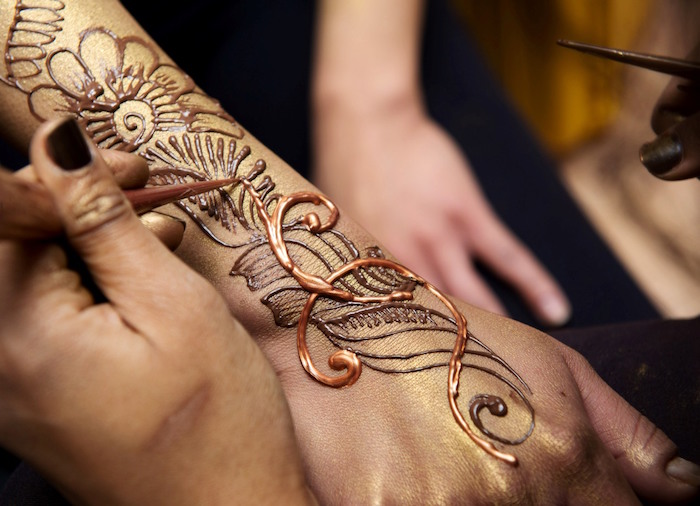
South Asian weddings are big and lavish affairs, with lots of traditional ceremonies and celebrations that continue for several days. Applying mehndi is only one small fraction of the overall festivities. It takes place before the wedding, and it’s aim is to prepare the bride for her new life, as well as give an opportunity to family members to spend some quality time with her before the big day.
The tattoo itself represents the love between the newly married, and signifies the unbreakable bond that they share. In some cases, people hide little details within the intricate decorative patterns for the groom to find. These may be small drawings, or even his own initials! In addition, henna is believed to have aphrodisiac properties, ensuring that the couple’s marriage is long and fertile, while they remain passionately in love.
Can you spot the groom’s initials in this gorgeous henna tattoo design?

Thanks to Bollywood’s rise in popularity during the 90s and early 2000s, mehndi became somewhat of a sensation in the West. Their easy application and temporary effect make them an excellent choice for people who’d like to get a tattoo, but feel reluctant to permanently alter their bodies.
Needless to say, there are countless of beautiful henna designs one can try. They can vary from the more complex and traditional, to the innovative and bizarre. As for the henna paste itself, there are three different kinds available. Each has its own unique effect, and although all of them are exceptionally beautiful, some come with serious health risks.
A stylish example of modern mehndi. Black henna is a popular choice but comes with certain health risks

Natural henna
The most widely used of the three, natural henna is harmless and can be utilized in mehndi, as well as for hair treatments and dyeing. Tattoos made with natural henna are usually light brownish-orange in color, although adding natural dyes such as coffee and indigo can affect the final shade, making it redder or more brownish. We highly recommend using this type of henna, as it has no side effects or health risks.
Black henna
Black henna is usually made by adding indigo or Genipapo (a tropical fruit native to South and North America, and also known as jagua). The resulting tattoos usually have a very deep brown hue, and never turn fully black.
There are some types of henna with synthetic additives that do have a jet black effect, but they must be avoided at all costs. Most of them contain a very dangerous chemical para-phenylenediamine or PPD that can be harmful and even deadly! When getting a mehndi, always make sure that the henna paste contains only natural ingredients and colorants.
“White henna”
“White henna” is not made from henna powder. Rather, it is a 100% synthetic mixture, derived from a special adhesive, normally used for special-effect make up on movie sets and the like. Nevertheless, it became known as “henna” because it can be used to create beautiful white mehndi. Usually, “white henna” is safe but, as it is not a natural product, you need to be cautious. There have been cases of people adding toxic ingredients such as bleach or industrial dyes. Unlike regular henna which can last up to four weeks, this type usually disappears in 2 to 7 days.
Delicate and beautiful – a white mehndi tattoo

If we have piqued your interest and you would like to try making your own mehndi, check out the video tutorial bellow – it features all the information you need for mixing henna paste from scratch! If you are a tattoo aficionado, don’t forget to visit our lifestyle section – we have some great articles, featuring gorgeous tattoo ideas.
Making your own henna paste is easy! Just follow these simple instructions:
Want to draw your own mehndi? Not sure where to start? Check out this tutorial:
Henna powder in its natural form…

… and what it looks like when mixed into a paste

Home-made cones are a very efficient way to apply henna, as they allow you to add very fine details

What a mehndi looks like right after it has been done, a day after it has been applied, and 36 days after application:

This lifestyle vlogger tried henna for the first time. See her reaction and comments:
Pamper your hands with a gorgeous henna tattoo!

Exquisite hand decorations for a bride-to-be



A professional mehndi artist
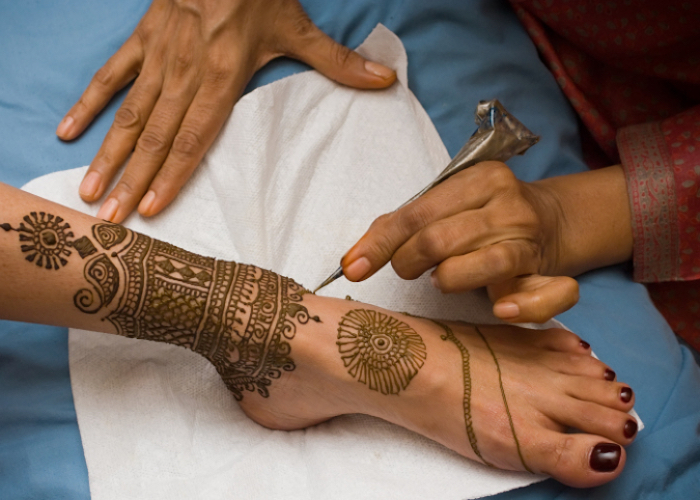


Henna hand tattoos look beautiful when combined with a classic red manicure
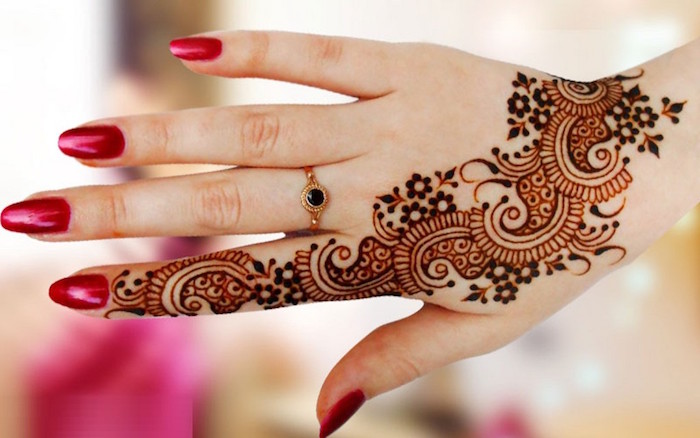


Going for mehndi is a great activity for a girls’ night out


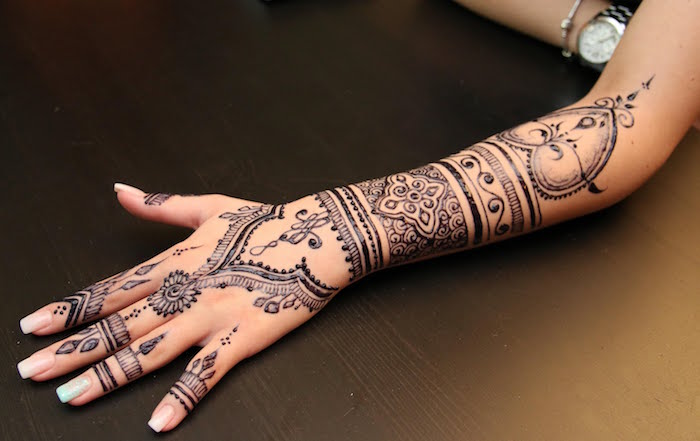
Stunning henna foot tattoos in white


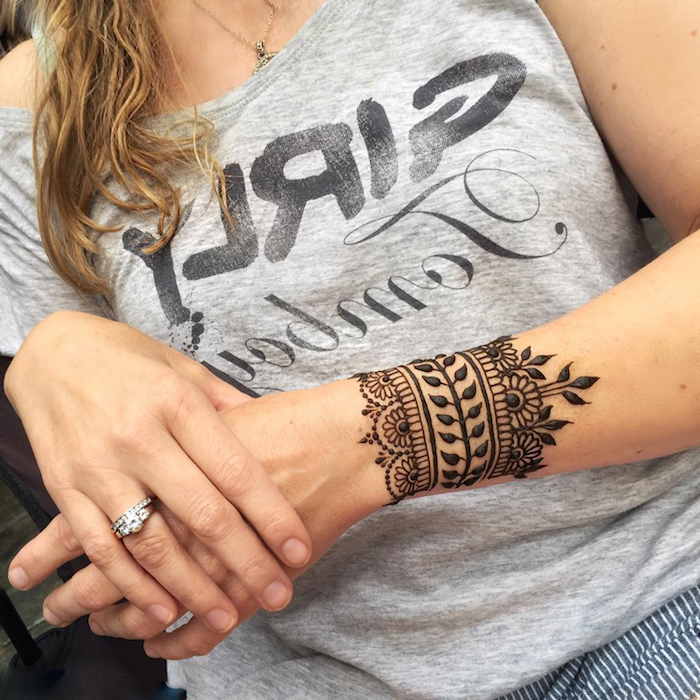
Mehndi for him and her…
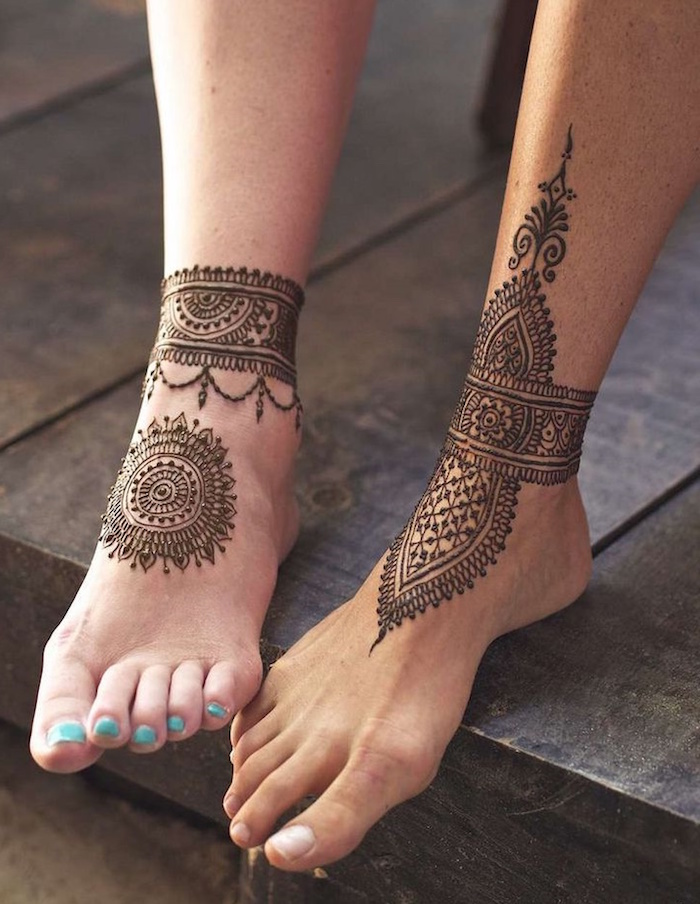

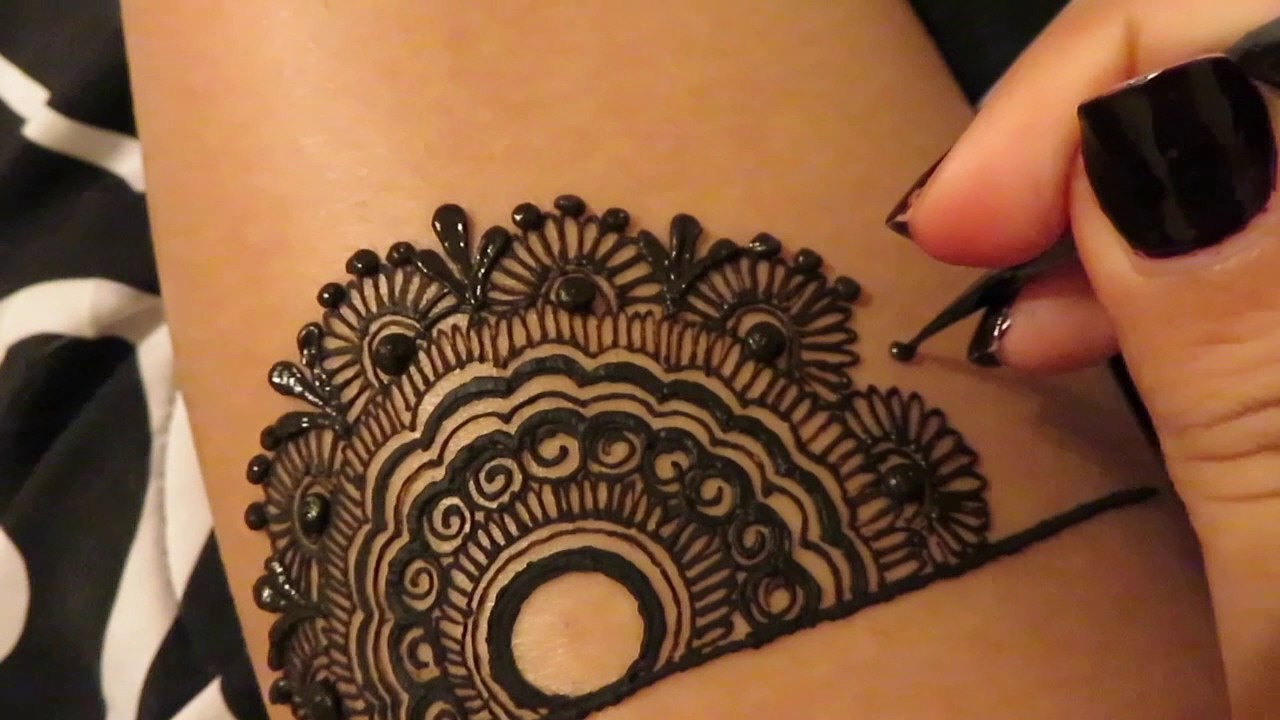
Temporary gold tattoo, featuring a mehndi pattern



Don’t you just love this delicate lace-effect temporary tattoo?



Bridal henna hand tattoos often feature symmetrical elements, which form one big picture when the palms of the hands are placed next to each other



Add a touch of mystic beauty to your life

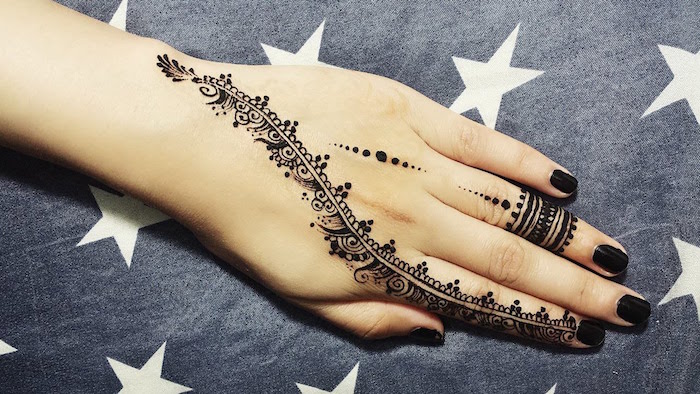

A great example of modern mehndi



We love this gorgeous shoulder design



Stunning “white henna” tattoo



A lovely, intricate floral design



Another pretty example of bridal mehndi



Floral mandala henna palm tattoo

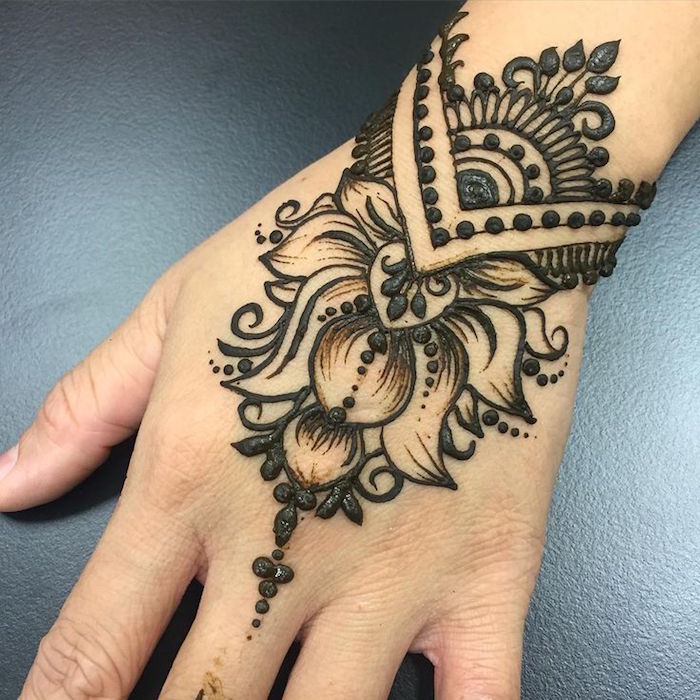
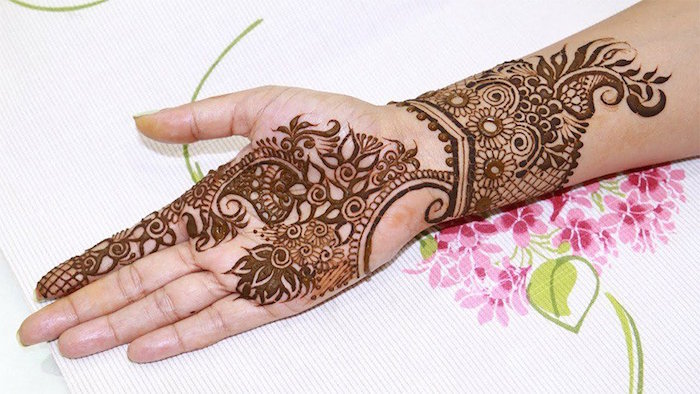
Lovely and sensual henna upper thigh tattoo


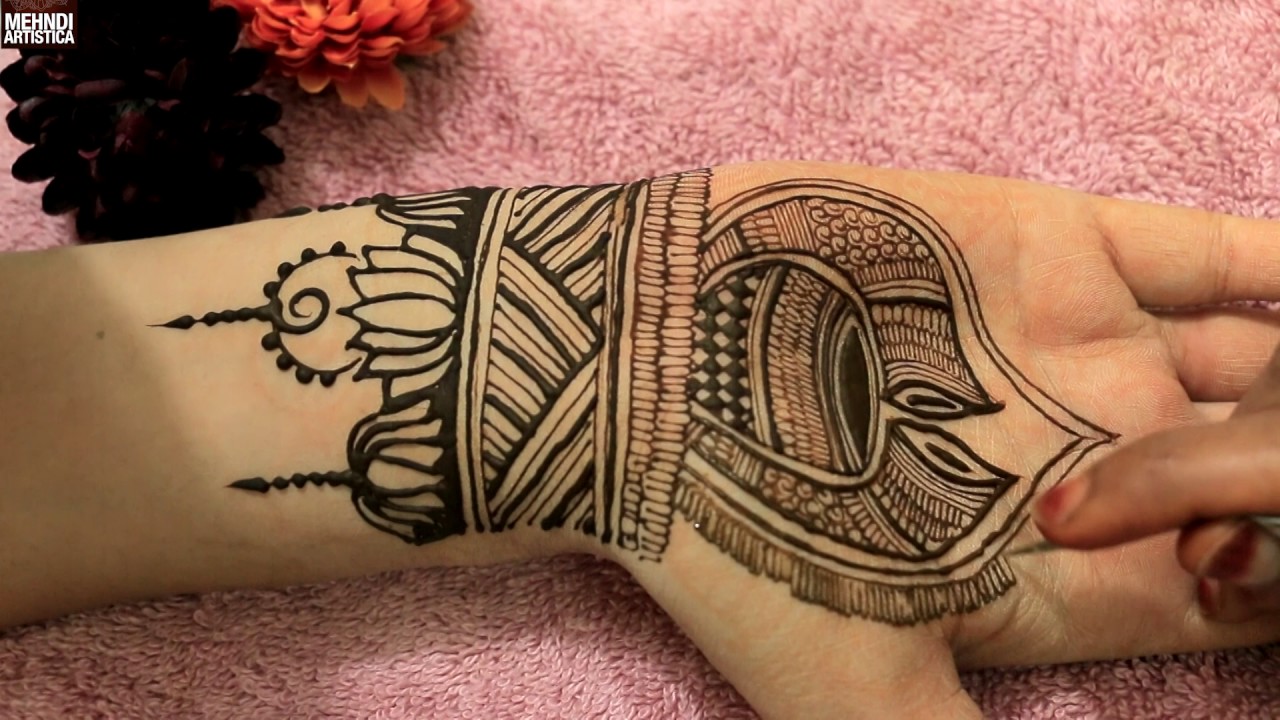
So many unique henna designs to try!



This is what henna looks like, shortly after being applied



Lovely foot mehndi, decorated with sparkling gold details



A charming, boho look, perfect for the summer!


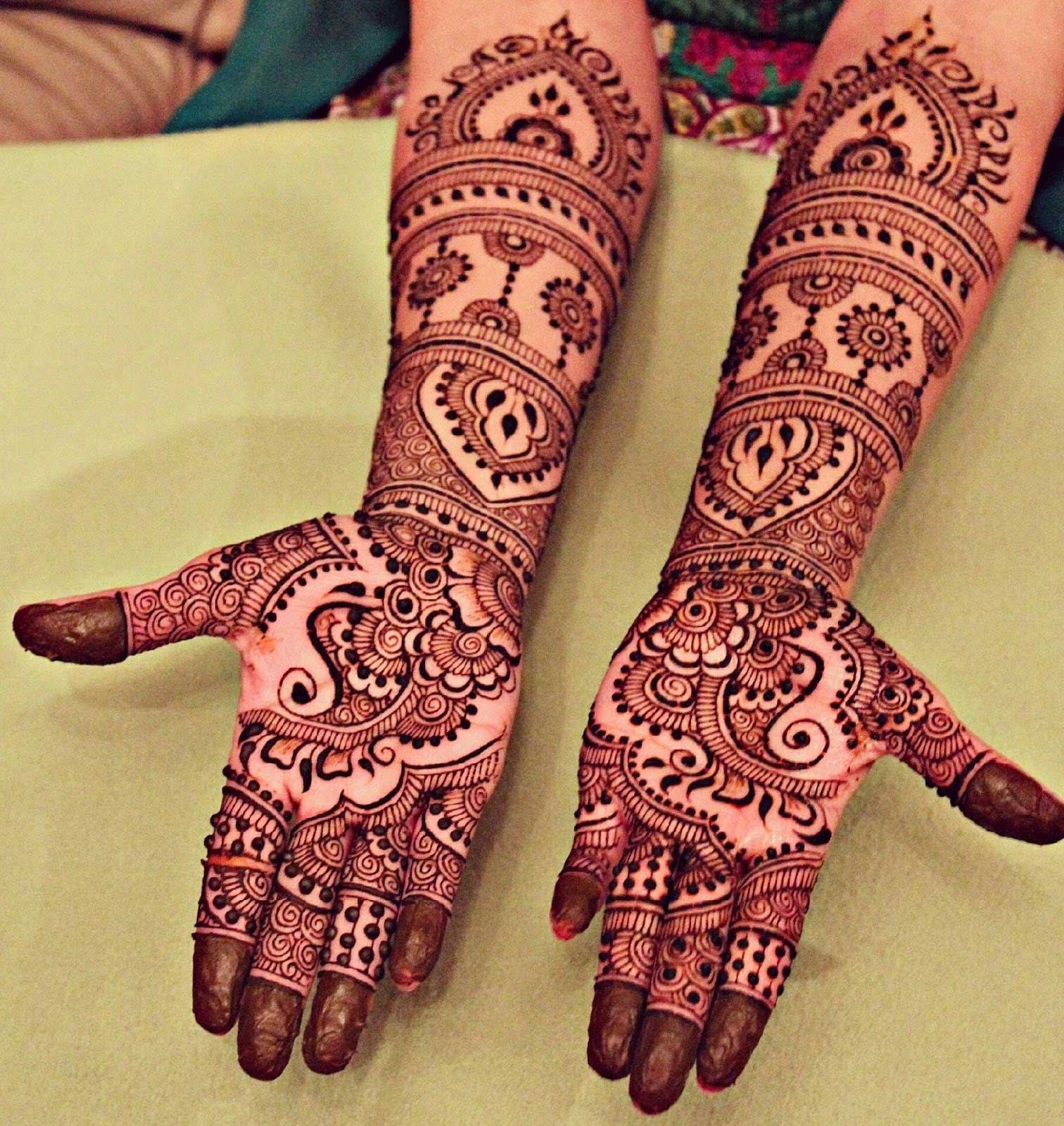
Aren’t they cute?



“White henna” for fashion conscious and stylish ladies

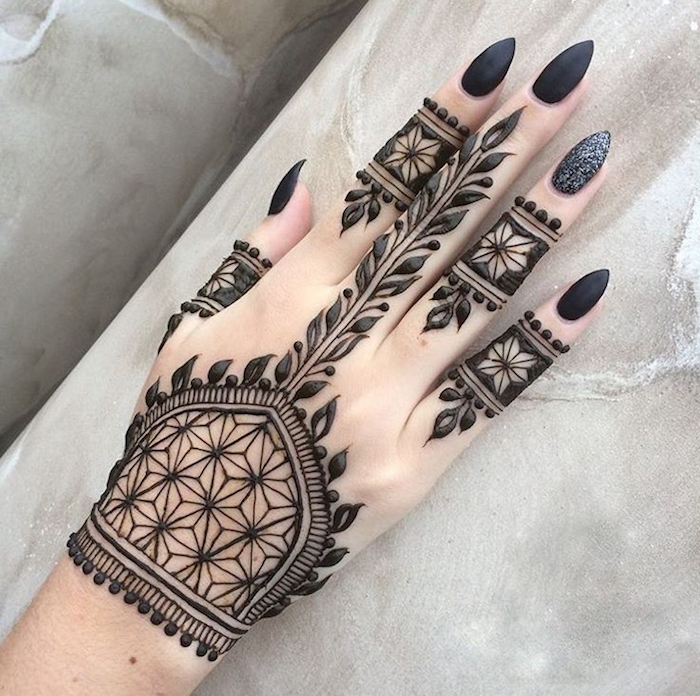

Stunning traditional motifs:



The ever popular dreamcatcher design

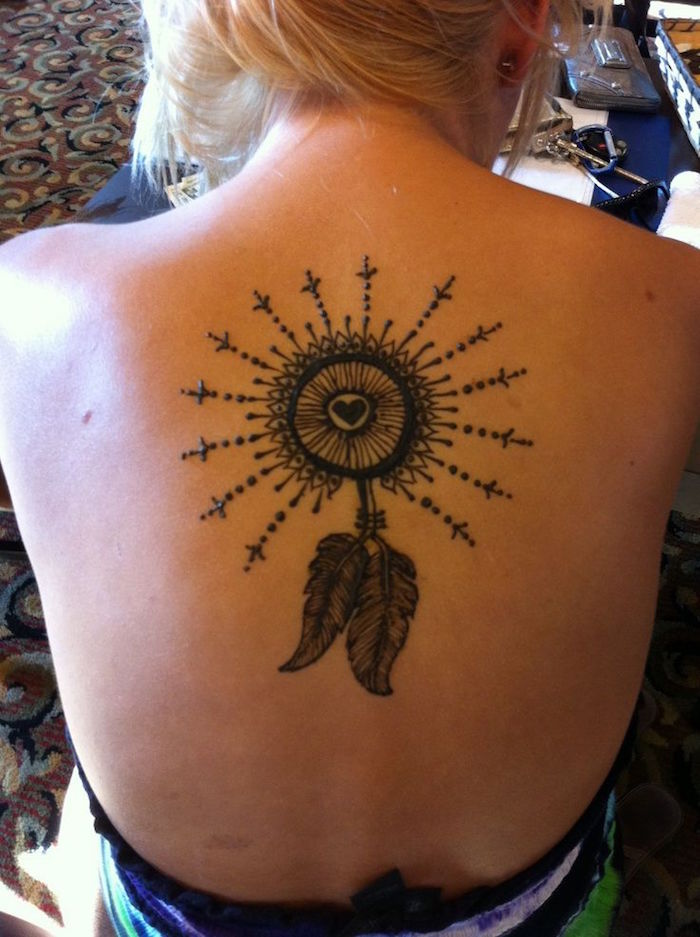

Beautiful lotuses


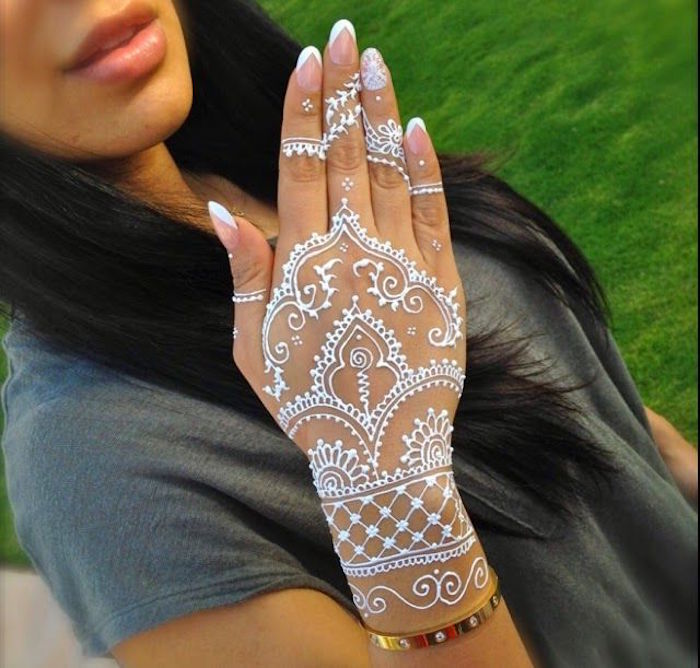
Real tattoo, inspired by mehndi














